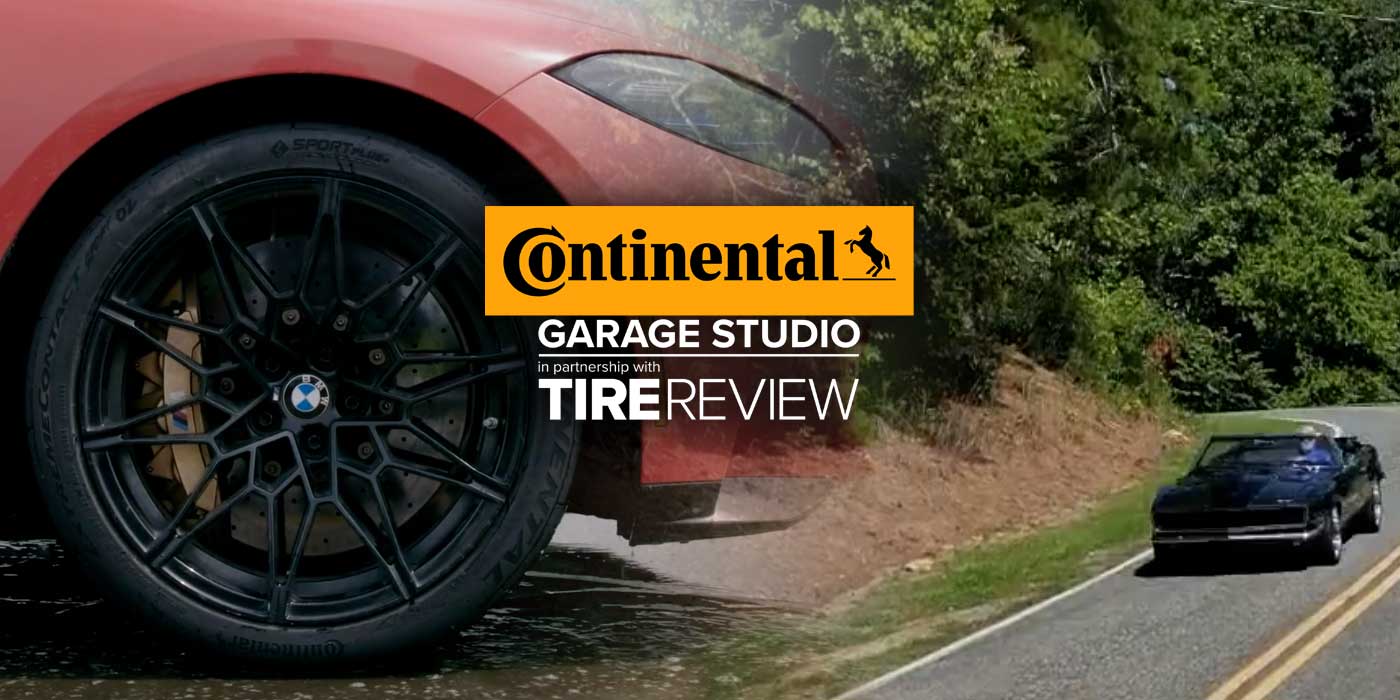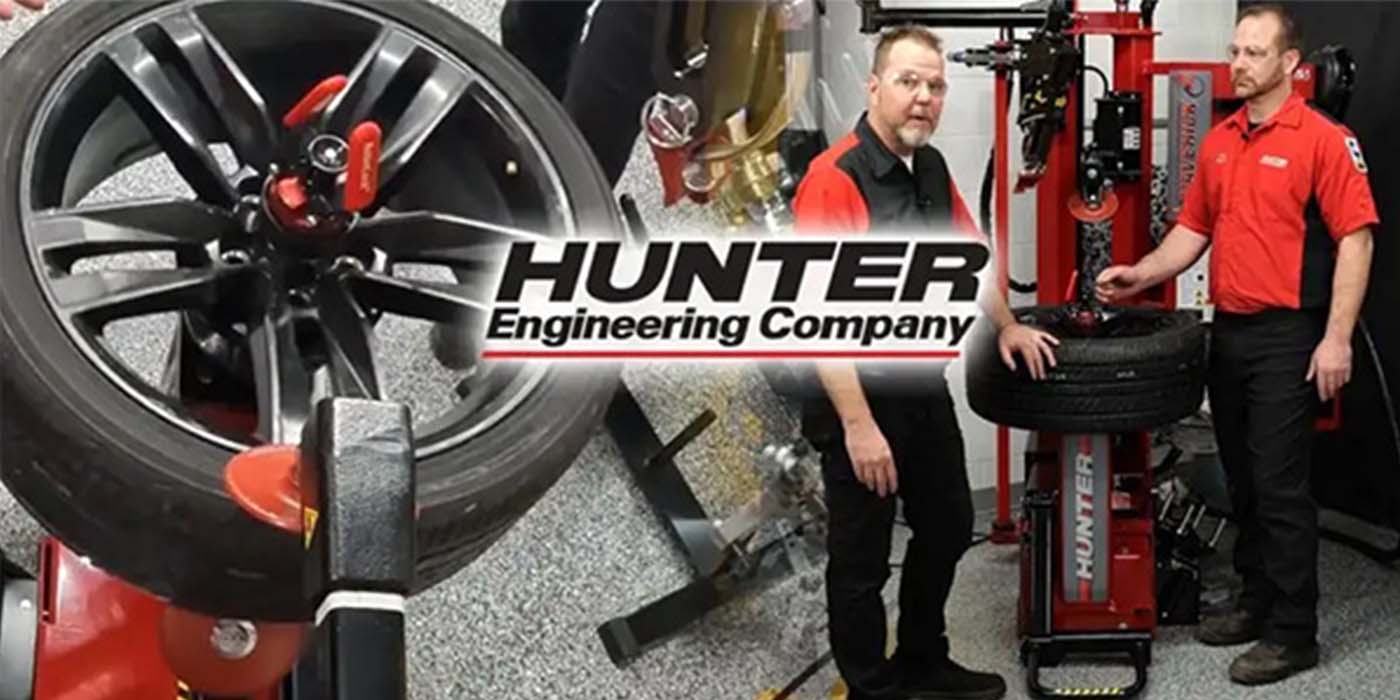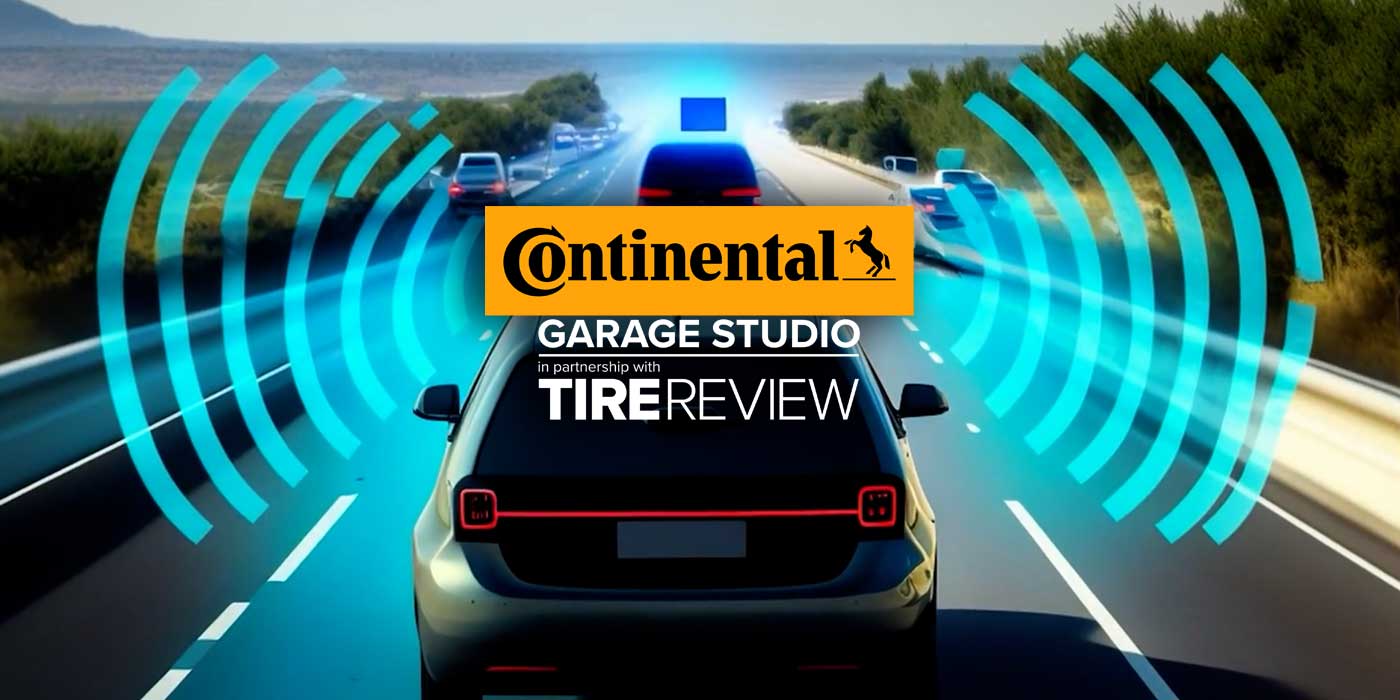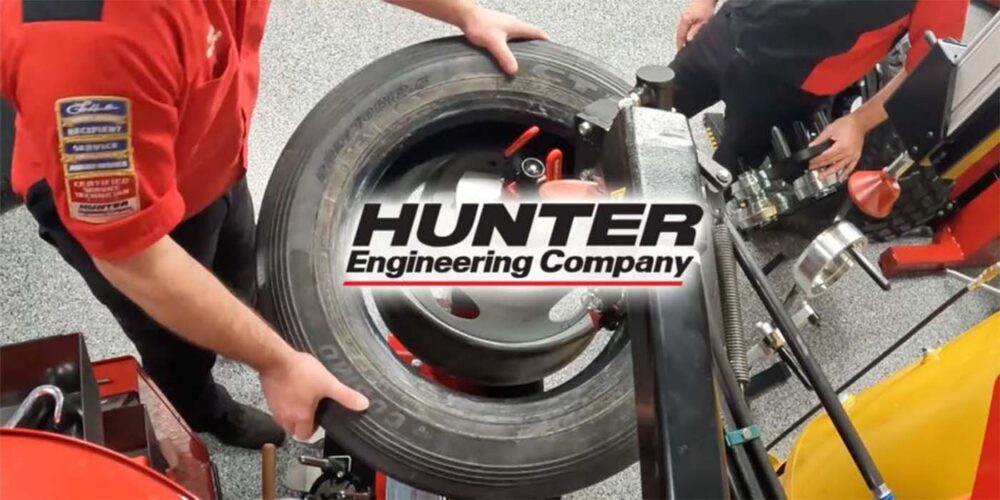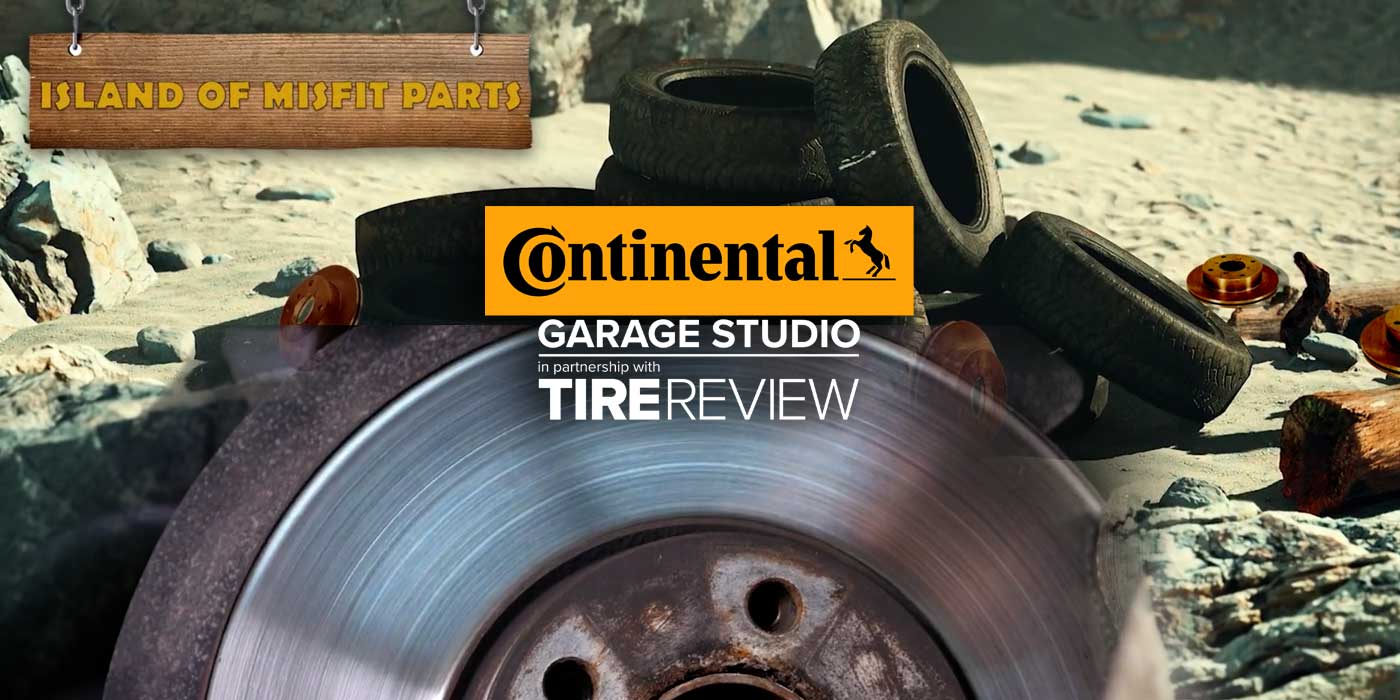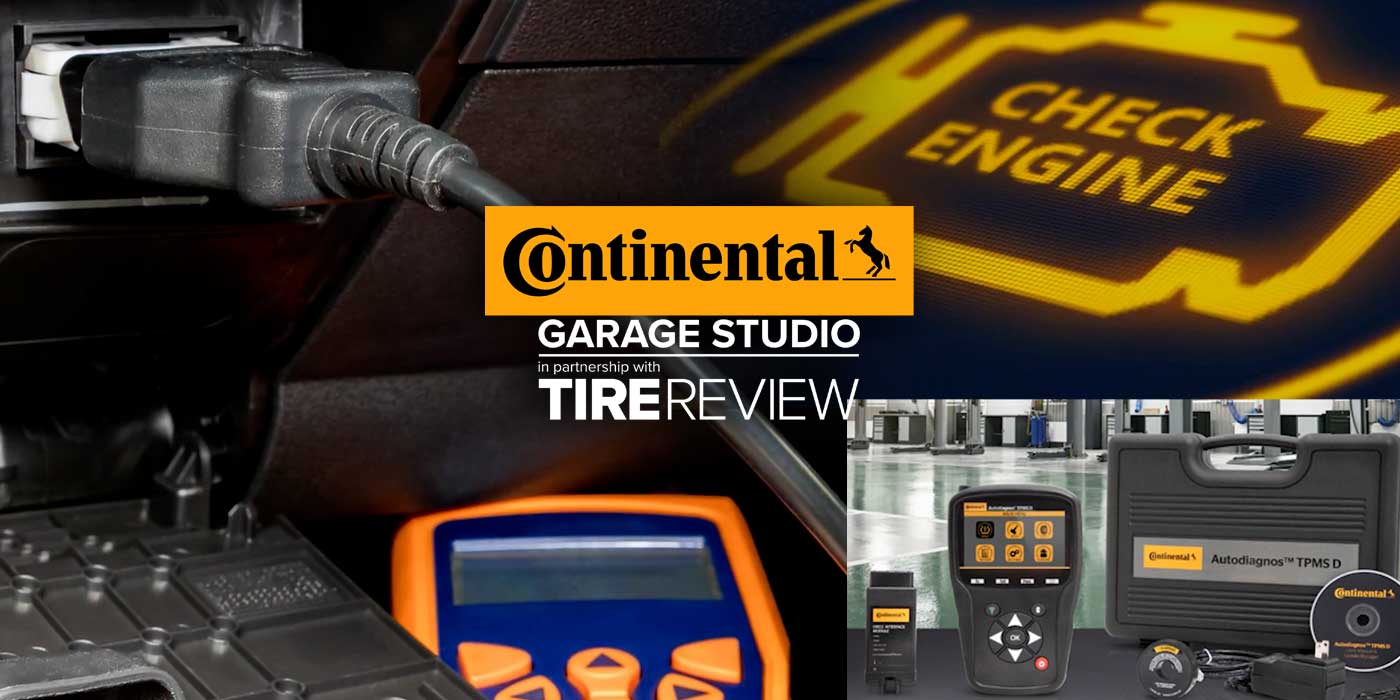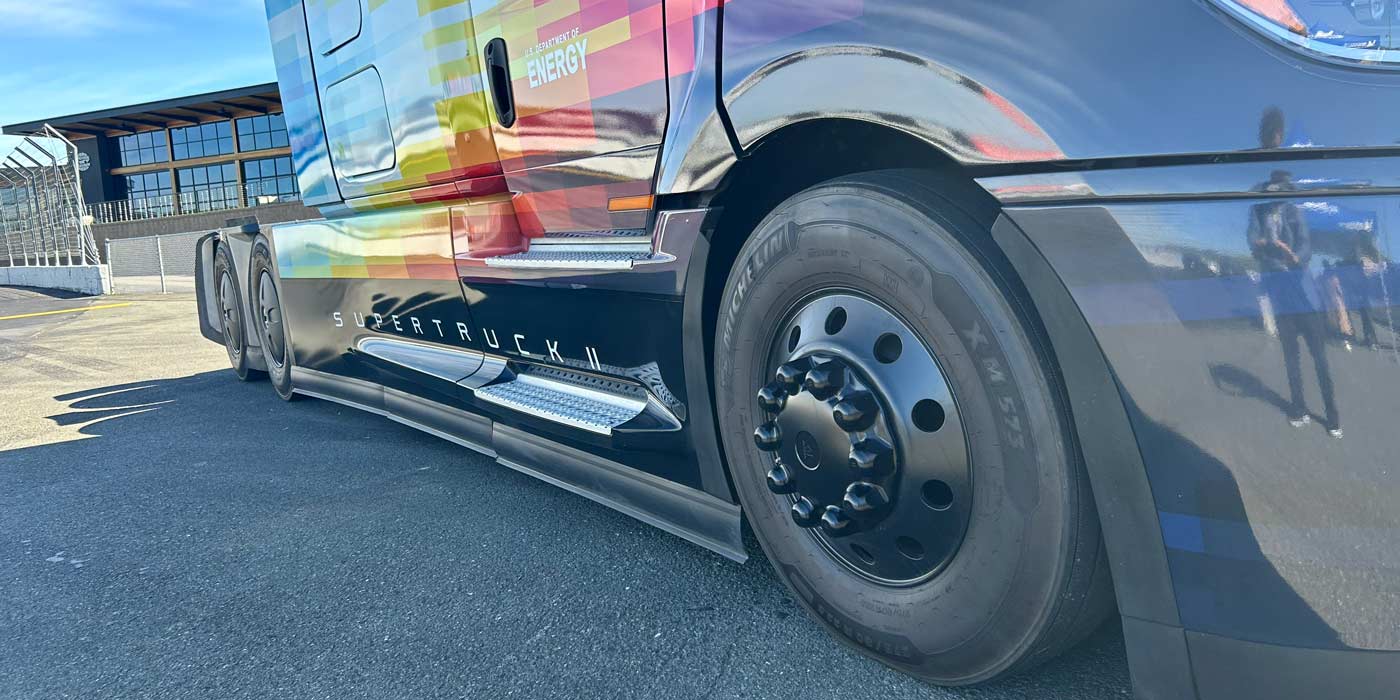As technology evolves, it seems to become harder to master. Technology should serve to make our lives easier, but sometimes the process of learning about the tech or diagnosing issues with it becomes strenuous.
Take wheel speed sensors, for example. They have been upgraded through the years but require more specific tools to diagnose issues.
In this Tire Review Continental Tire Garage Studio video, we discuss the different types of wheel speed sensors and review the inspection and diagnostic process.
Wheel speed sensors were first installed on vehicles to aid the anti-lock braking system. Initially, these sensors were mounted on the CV joints or differentials and weren’t the most exact. These sensors were known as passive wheel speed sensors as they only began to work when the vehicle reached speeds of 5 to 7 miles per hour.
As vehicles and ABS systems advanced, wheel speed sensors moved to the knuckles and wheel bearings. These advanced sensors, known as active sensors, can detect small amounts of movement in the wheels even when the vehicle is barely moving. However, the inspection and diagnostic process for active sensors is more challenging. To diagnose issues with active sensors, a scan tool or scope must be used.
Scan tools have a significant advantage in that they can graph multiple-wheel speed sensor outputs on a test drive. Scan tools can also show changes in the values and detect if a code is set. Even if a code is not set, you can observe conditions that may be causing false activation complaints.
Scoping wheel bearings is another way to diagnose wheel speed sensor issues. The pattern on the scope can show the condition of the sensor and encoder ring.
Don’t forget to follow us on Instagram and Facebook and subscribe to our YouTube channel for more tire, service and shop operations videos.


